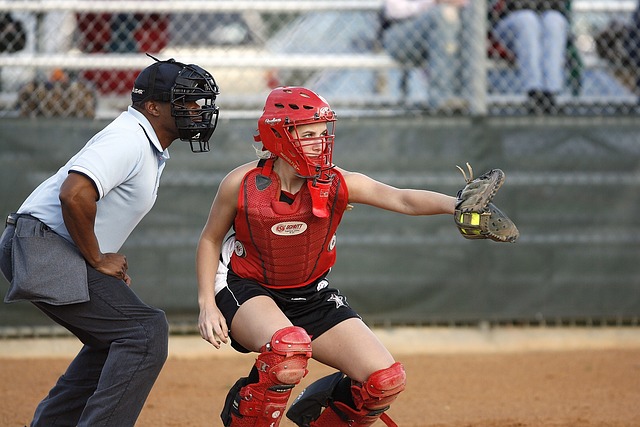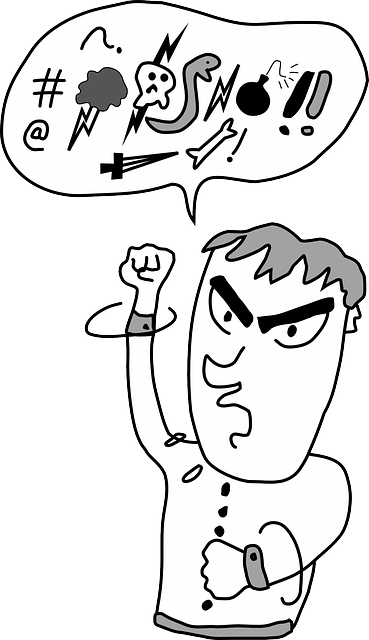Shin splints are a common injury that affects many athletes and fitness enthusiasts. They are characterized by pain and tenderness along the shin bone, which can make it difficult to engage in physical activity.
Shin splints can be caused by a variety of factors, including overuse, improper footwear, and muscle imbalances. It is important to treat shin splints quickly to prevent further damage and ensure a speedy recovery.
What are Shin Splints?
 Shin splints, also known as medial tibial stress syndrome, are a type of injury that affects the lower leg. They are caused by inflammation of the muscles, tendons, and bone tissue in the shin area. Shin splints typically occur in athletes who engage in high-impact activities such as running, jumping, or dancing.
Shin splints, also known as medial tibial stress syndrome, are a type of injury that affects the lower leg. They are caused by inflammation of the muscles, tendons, and bone tissue in the shin area. Shin splints typically occur in athletes who engage in high-impact activities such as running, jumping, or dancing.
The lower leg is made up of several muscles and bones that can be affected by shin splints. The tibia, or shin bone, is the most commonly affected area. The muscles that attach to the tibia can become inflamed and painful due to overuse or repetitive stress.
Causes of Shin Splints
Shin splints can be caused by a variety of factors, including overuse and repetitive stress, improper footwear, flat feet or high arches, muscle imbalances, and running on hard surfaces.
Overuse and repetitive stress occur when an athlete engages in high-impact activities without proper rest or recovery time. This can cause inflammation and pain in the muscles and bones of the lower leg.
Improper footwear can also contribute to shin splints. Shoes that do not provide adequate support or cushioning can increase the impact on the lower leg during physical activity.
Flat feet or high arches can also lead to shin splints. These conditions can cause an imbalance in the muscles of the lower leg, leading to inflammation and pain.
Running on hard surfaces such as concrete or asphalt can also contribute to shin splints. These surfaces do not provide adequate shock absorption, which can increase the impact on the lower leg.
Symptoms of Shin Splints
The most common symptom of shin splints is pain and tenderness along the shin bone. This pain may be dull or sharp and can be felt during physical activity or at rest. Swelling and inflammation may also occur in the affected area.
In severe cases, shin splints can make it difficult to walk or run. The pain may be so intense that weight cannot be placed on the affected leg.
Prevention of Shin Splints
There are several steps that athletes can take to prevent shin splints from occurring. Proper warm-up and cool-down routines can help prepare the muscles for physical activity and prevent injury.
Gradually increasing the intensity and duration of physical activity can also help prevent shin splints. This allows the muscles to adapt to the stress of exercise without becoming overworked.
Wearing appropriate footwear is also important in preventing shin splints. Shoes that provide adequate support and cushioning can reduce the impact on the lower leg during physical activity.
Strengthening exercises for the lower leg muscles can also help prevent shin splints. This can include exercises such as calf raises, toe raises, and ankle rotations.
Treating Shin Splints
Rest and ice therapy are often recommended for treating shin splints. This involves taking a break from physical activity and applying ice to the affected area to reduce inflammation and pain.
Compression and elevation can also help reduce swelling in the affected area. Non-steroidal anti-inflammatory drugs (NSAIDs) such as ibuprofen may also be recommended to reduce pain and inflammation.
Physical therapy and rehabilitation exercises may be necessary for severe cases of shin splints. This can include exercises to strengthen the muscles of the lower leg and improve flexibility.
Home Remedies for Shin Splints
There are several home remedies that athletes can try to relieve the symptoms of shin splints. Stretching exercises can help improve flexibility and reduce pain in the affected area.
Foam rolling and massage can also help relieve tension in the muscles of the lower leg. Taping and bracing may also be recommended to provide support and reduce stress on the affected area.
Cross-training and low-impact activities such as swimming or cycling can also help reduce the impact on the lower leg while still allowing for physical activity.
When to See a Doctor for Shin Splints
Athletes should seek medical attention if they experience persistent or severe pain in the affected area. Inability to bear weight on the affected leg or signs of infection or nerve damage should also be evaluated by a doctor.
Shin splints can be a frustrating injury for athletes and fitness enthusiasts. However, with proper treatment and prevention strategies, they can be managed effectively. It is important to prioritize proper care and healing for optimal physical performance. Seeking medical attention when necessary can also ensure a speedy recovery and prevent further damage.









